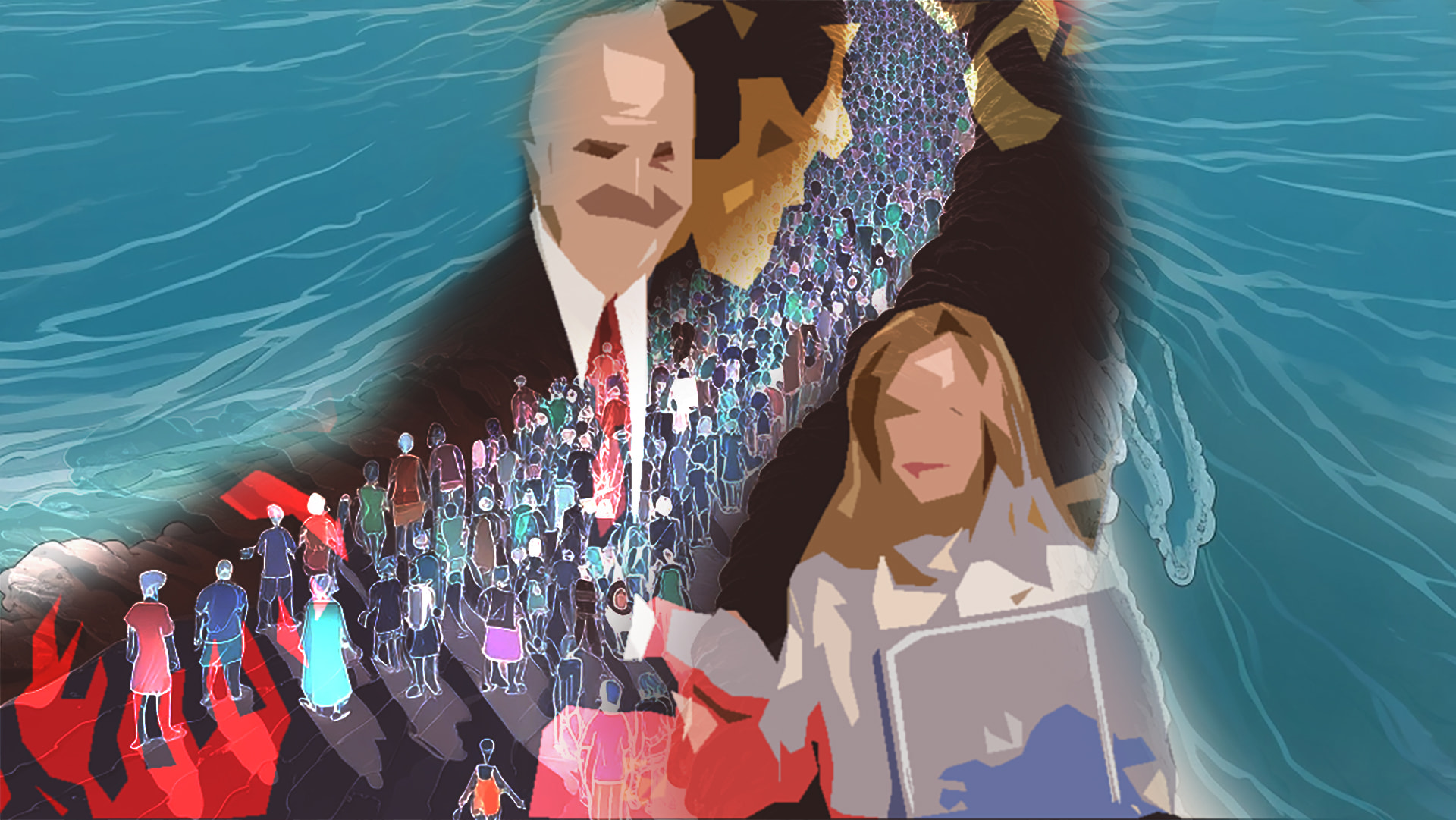
Albania does not owe Italy any debt
Rama oversimplifies the complex legacy of Albanian immigration to Italy.
|20.12.2023
|
The history of Albanian migration to Italy is stained with the blood of innocent lives who never received justice.
Albanians are still considered inferior.

Gezim Qadraku
Gezim Qadraku was born in Kosovo and grew up and lived in Italy for 20 years. He now lives in Germany. Gezim holds a Bachelor’s in International Political Science from the Università degli Studi di Milano and a Master’s in International Economics and Public Policy from the University of Trier. He speaks four languages.
DISCLAIMERThe views of the writer do not necessarily reflect the views of Kosovo 2.0.
This story was originally written in English.